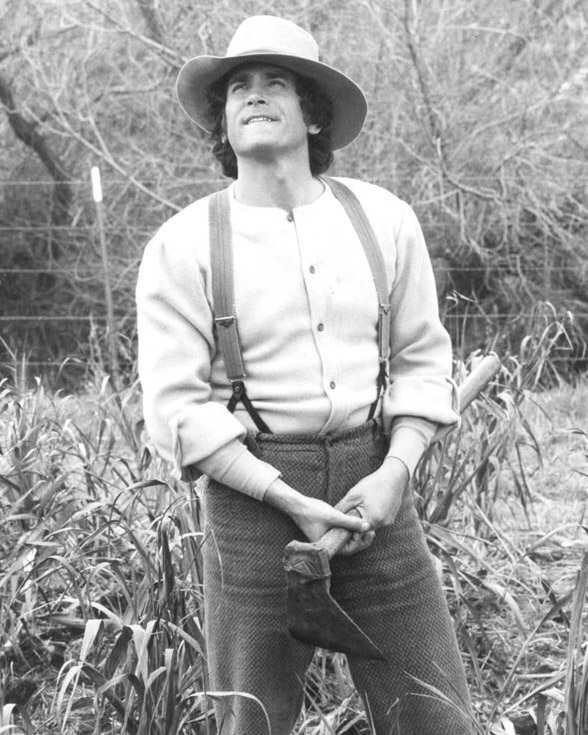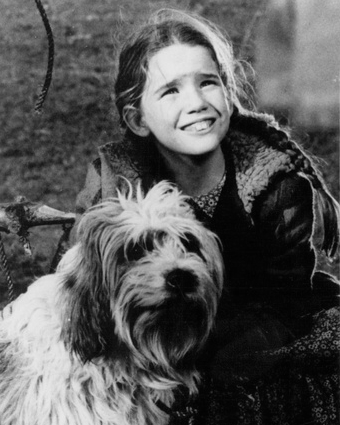Few shows have captured the spirit of family, resilience, and the American frontier quite like Little House on the Prairie. Airing from 1974 to 1983, this iconic series, loosely based on Laura Ingalls Wilder’s beloved books, brought the trials and triumphs of pioneer life into living rooms around the world. Even now, decades later, it remains a timeless celebration of grit, love, and the enduring human spirit.

Set in the late 19th century, Little House on the Prairie follows the Ingalls family—Charles (Michael Landon), Caroline (Karen Grassle), and their daughters, including the spirited Laura (Melissa Gilbert)—as they carve out a life in the small town of Walnut Grove, Minnesota. From battling harsh winters to navigating the joys and sorrows of rural existence, the show paints a vivid picture of a family united by faith and determination. Alongside the Ingalls are a colorful cast of neighbors, like the pragmatic Nels and Harriet Oleson (Richard Bull and Katherine MacGregor) and the kind-hearted Mr. Edwards (Victor French), who add depth and drama to the community.
What makes Little House so special is its balance of hardship and hope. The show doesn’t shy away from the realities of frontier life—crop failures, illness, and loss are recurring themes—but it always finds a way to highlight the strength that emerges in the face of adversity. Charles Ingalls, with his quiet resolve and boundless optimism, is the heart of the family, often solving problems with a mix of hard work and a twinkle in his eye. Caroline complements him with her gentle wisdom, while Laura’s tomboyish charm and curiosity make her a relatable and inspiring heroine.
The storytelling is both episodic and heartfelt. One week, you might watch the Ingalls build a barn with the help of their neighbors; the next, you’re tearing up as Laura learns a tough lesson about growing up. The show’s ability to blend everyday moments with profound emotional beats is part of its magic. It’s not afraid to tackle big issues—poverty, prejudice, disability—yet it does so with a sincerity that feels authentic rather than forced.

The cast is a huge reason for the show’s lasting appeal. Michael Landon, who also directed and produced many episodes, brings a rugged warmth to Charles, making him a father figure not just for his on-screen kids but for viewers too. Melissa Gilbert grows up before our eyes as Laura, evolving from a feisty girl to a thoughtful young woman with a natural grace. Karen Grassle’s understated portrayal of Caroline anchors the family, while the supporting players—like Alison Arngrim’s delightfully bratty Nellie Oleson—add layers of humor and tension.
Visually, Little House evokes a sense of place that’s hard to forget. The sprawling prairies, rustic cabins, and dusty streets of Walnut Grove feel lived-in, thanks to the show’s attention to detail. The costumes and sets transport you to a time when life was simpler in some ways but infinitely harder in others. And who can resist that stirring theme music, with its soaring strings that promise both adventure and comfort?
Airing during the 1970s and early ‘80s, Little House on the Prairie offered a counterpoint to the era’s cynicism and urban focus. It reminded viewers of a time when community mattered, when family was a refuge, and when perseverance could overcome almost anything. That message still resonates today, whether you’re a longtime fan revisiting the series or a newcomer discovering it on streaming platforms.
In a world that often feels disconnected, Little House is a gentle reminder of what binds us together. It’s a show about building—not just homes, but lives—and about finding joy in the small victories. So, if you’re craving a dose of nostalgia or a story that warms the soul, settle in with the Ingalls family. You might just find yourself inspired by their courage, their love, and their unshakable belief in tomorrow.